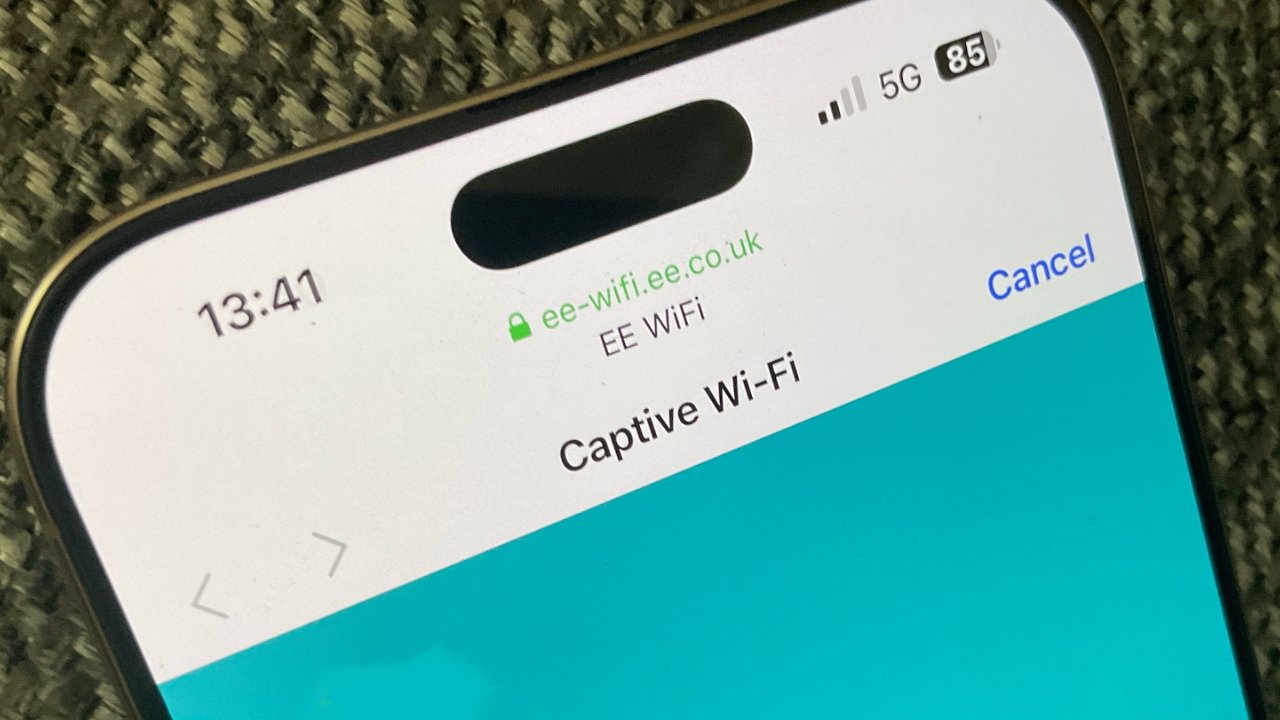Installing Go (Golang) on WSL Ubuntu
Installing Go (Golang) on WSL Ubuntu This guide walks you through installing Go programming language on Windows Subsystem for Linux (WSL) with Ubuntu. Prerequisites WSL with Ubuntu installed and properly configured Internet connection Basic terminal knowledge Installation Steps There are two main methods to install Go on WSL Ubuntu: Method 1: Using the Official Go Binary (Recommended) This method ensures you get the latest version of Go directly from the official website: # 1. Update your Ubuntu packages sudo apt update sudo apt upgrade -y # 2. Install required packages sudo apt install -y wget git # 3. Check the latest Go version # Visit https://go.dev/dl/ for the latest version # As of May 2025, Go 1.24.2 is the latest stable version # 4. Download the Go binary package # Replace 1.24.2 with the latest version as needed # For standard Intel/AMD processors (most common): wget https://dl.google.com/go/go1.24.2.linux-amd64.tar.gz # For ARM64 architecture (e.g., if using WSL on ARM-based systems): # wget https://dl.google.com/go/go1.24.2.linux-arm64.tar.gz # 5. Extract the archive to /usr/local # This requires root permissions # For AMD64 architecture: sudo tar -C /usr/local -xzf go1.24.2.linux-amd64.tar.gz # For ARM64 architecture: # sudo tar -C /usr/local -xzf go1.24.2.linux-arm64.tar.gz # 6. Remove the downloaded archive to save space (optional) rm go1.24.2.linux-amd64.tar.gz # 7. Create Go workspace directories mkdir -p ~/go/{bin,src,pkg} Method 2: Using Ubuntu's Package Manager (Simpler but may not be latest) # Install Go using apt sudo apt update sudo apt install -y golang-go # Create Go workspace directories mkdir -p ~/go/{bin,src,pkg} Configuring Go Environment After installing Go, you need to set up environment variables. Add the following to your shell configuration file: For Bash (default in Ubuntu) # Open .bashrc file nano ~/.bashrc # Add these lines at the end of the file export GOROOT=/usr/local/go export GOPATH=$HOME/go export PATH=$PATH:$GOROOT/bin:$GOPATH/bin # Save and exit (Ctrl+O, Enter, Ctrl+X) # Apply changes immediately source ~/.bashrc For Zsh (if you use it) # Open .zshrc file nano ~/.zshrc # Add these lines at the end of the file export GOROOT=/usr/local/go export GOPATH=$HOME/go export PATH=$PATH:$GOROOT/bin:$GOPATH/bin # Save and exit (Ctrl+O, Enter, Ctrl+X) # Apply changes immediately source ~/.zshrc Verifying the Installation # Check Go version go version # Check Go environment go env You should see output similar to: go version go1.24.2 linux/amd64 Creating a Simple Hello World Program Let's create a simple Go program to verify the installation works correctly: # Navigate to your Go workspace cd ~/go/src # Create a new directory for your project mkdir hello cd hello # Create a new Go file nano hello.go Add the following code to hello.go: package main import "fmt" func main() { fmt.Println("Hello, World from Go on WSL!") } Save and exit the editor, then compile and run the program: # Run the program directly go run hello.go # Or build and then run the executable go build ./hello Setting Up VS Code Integration (Optional) If you use Visual Studio Code, you can enhance your Go development experience: Install VS Code on Windows Install the "Remote - WSL" extension Install the "Go" extension when working in WSL Open your WSL terminal and navigate to your project Run code . to open VS Code with WSL integration Troubleshooting Common Issues Command 'go' not found If you encounter this error even after installation

Installing Go (Golang) on WSL Ubuntu
This guide walks you through installing Go programming language on Windows Subsystem for Linux (WSL) with Ubuntu.
Prerequisites
- WSL with Ubuntu installed and properly configured
- Internet connection
- Basic terminal knowledge
Installation Steps
There are two main methods to install Go on WSL Ubuntu:
Method 1: Using the Official Go Binary (Recommended)
This method ensures you get the latest version of Go directly from the official website:
# 1. Update your Ubuntu packages
sudo apt update
sudo apt upgrade -y
# 2. Install required packages
sudo apt install -y wget git
# 3. Check the latest Go version
# Visit https://go.dev/dl/ for the latest version
# As of May 2025, Go 1.24.2 is the latest stable version
# 4. Download the Go binary package
# Replace 1.24.2 with the latest version as needed
# For standard Intel/AMD processors (most common):
wget https://dl.google.com/go/go1.24.2.linux-amd64.tar.gz
# For ARM64 architecture (e.g., if using WSL on ARM-based systems):
# wget https://dl.google.com/go/go1.24.2.linux-arm64.tar.gz
# 5. Extract the archive to /usr/local
# This requires root permissions
# For AMD64 architecture:
sudo tar -C /usr/local -xzf go1.24.2.linux-amd64.tar.gz
# For ARM64 architecture:
# sudo tar -C /usr/local -xzf go1.24.2.linux-arm64.tar.gz
# 6. Remove the downloaded archive to save space (optional)
rm go1.24.2.linux-amd64.tar.gz
# 7. Create Go workspace directories
mkdir -p ~/go/{bin,src,pkg}
Method 2: Using Ubuntu's Package Manager (Simpler but may not be latest)
# Install Go using apt
sudo apt update
sudo apt install -y golang-go
# Create Go workspace directories
mkdir -p ~/go/{bin,src,pkg}
Configuring Go Environment
After installing Go, you need to set up environment variables. Add the following to your shell configuration file:
For Bash (default in Ubuntu)
# Open .bashrc file
nano ~/.bashrc
# Add these lines at the end of the file
export GOROOT=/usr/local/go
export GOPATH=$HOME/go
export PATH=$PATH:$GOROOT/bin:$GOPATH/bin
# Save and exit (Ctrl+O, Enter, Ctrl+X)
# Apply changes immediately
source ~/.bashrc
For Zsh (if you use it)
# Open .zshrc file
nano ~/.zshrc
# Add these lines at the end of the file
export GOROOT=/usr/local/go
export GOPATH=$HOME/go
export PATH=$PATH:$GOROOT/bin:$GOPATH/bin
# Save and exit (Ctrl+O, Enter, Ctrl+X)
# Apply changes immediately
source ~/.zshrc
Verifying the Installation
# Check Go version
go version
# Check Go environment
go env
You should see output similar to:
go version go1.24.2 linux/amd64
Creating a Simple Hello World Program
Let's create a simple Go program to verify the installation works correctly:
# Navigate to your Go workspace
cd ~/go/src
# Create a new directory for your project
mkdir hello
cd hello
# Create a new Go file
nano hello.go
Add the following code to hello.go:
package main
import "fmt"
func main() {
fmt.Println("Hello, World from Go on WSL!")
}
Save and exit the editor, then compile and run the program:
# Run the program directly
go run hello.go
# Or build and then run the executable
go build
./hello
Setting Up VS Code Integration (Optional)
If you use Visual Studio Code, you can enhance your Go development experience:
- Install VS Code on Windows
- Install the "Remote - WSL" extension
- Install the "Go" extension when working in WSL
- Open your WSL terminal and navigate to your project
- Run
code .to open VS Code with WSL integration
Troubleshooting Common Issues
Command 'go' not found
If you encounter this error even after installation










































































































































































![[The AI Show Episode 146]: Rise of “AI-First” Companies, AI Job Disruption, GPT-4o Update Gets Rolled Back, How Big Consulting Firms Use AI, and Meta AI App](https://www.marketingaiinstitute.com/hubfs/ep%20146%20cover.png)





























































































































![[DEALS] Internxt Cloud Storage Lifetime Subscription: 10TB Plan (88% off) & Other Deals Up To 98% Off – Offers End Soon!](https://www.javacodegeeks.com/wp-content/uploads/2012/12/jcg-logo.jpg)


![Ditching a Microsoft Job to Enter Startup Purgatory with Lonewolf Engineer Sam Crombie [Podcast #171]](https://cdn.hashnode.com/res/hashnode/image/upload/v1746753508177/0cd57f66-fdb0-4972-b285-1443a7db39fc.png?#)














































































































































































































































![[Fixed] Gemini 2.5 Flash missing file upload for free app users](https://i0.wp.com/9to5google.com/wp-content/uploads/sites/4/2025/03/google-gemini-workspace-1.jpg?resize=1200%2C628&quality=82&strip=all&ssl=1)


![As Galaxy Watch prepares a major change, which smartwatch design to you prefer? [Poll]](https://i0.wp.com/9to5google.com/wp-content/uploads/sites/4/2024/07/Galaxy-Watch-Ultra-and-Apple-Watch-Ultra-1.jpg?resize=1200%2C628&quality=82&strip=all&ssl=1)











![Apple M4 MacBook Air Hits New All-Time Low of $824 [Deal]](https://www.iclarified.com/images/news/97288/97288/97288-640.jpg)
![An Apple Product Renaissance Is on the Way [Gurman]](https://www.iclarified.com/images/news/97286/97286/97286-640.jpg)
![Apple to Sync Captive Wi-Fi Logins Across iPhone, iPad, and Mac [Report]](https://www.iclarified.com/images/news/97284/97284/97284-640.jpg)
![Apple M4 iMac Drops to New All-Time Low Price of $1059 [Deal]](https://www.iclarified.com/images/news/97281/97281/97281-640.jpg)









































![Apple's 11th Gen iPad Drops to New Low Price of $277.78 on Amazon [Updated]](https://images.macrumors.com/t/yQCVe42SNCzUyF04yj1XYLHG5FM=/2500x/article-new/2025/03/11th-gen-ipad-orange.jpeg)
























































